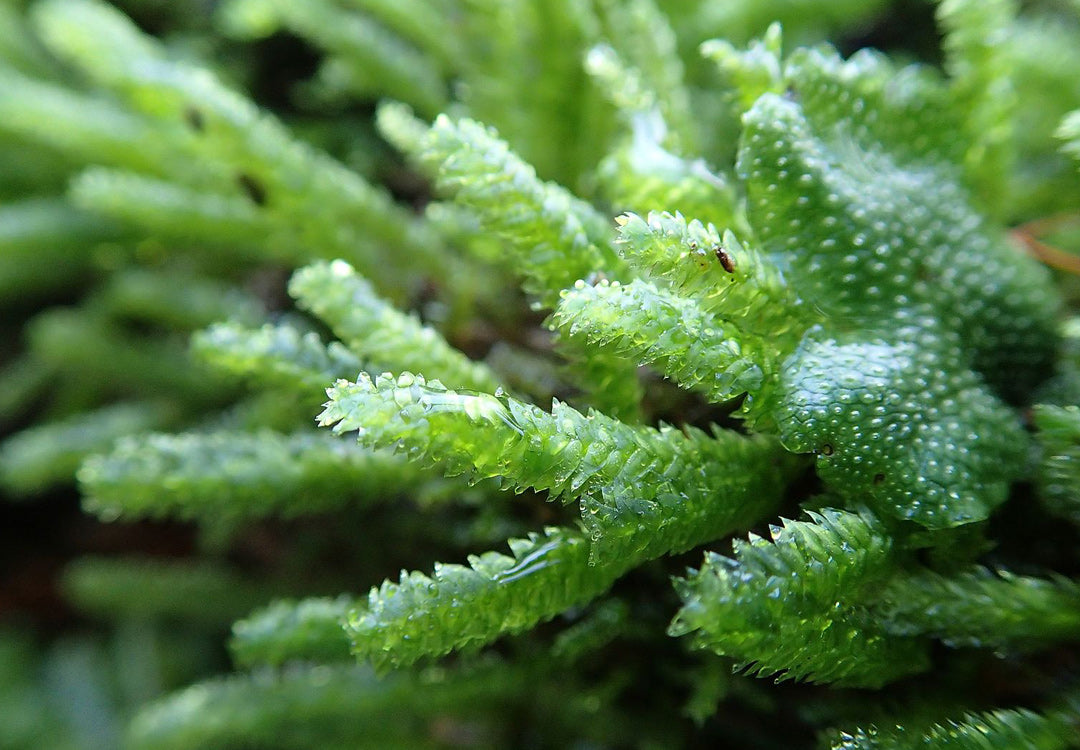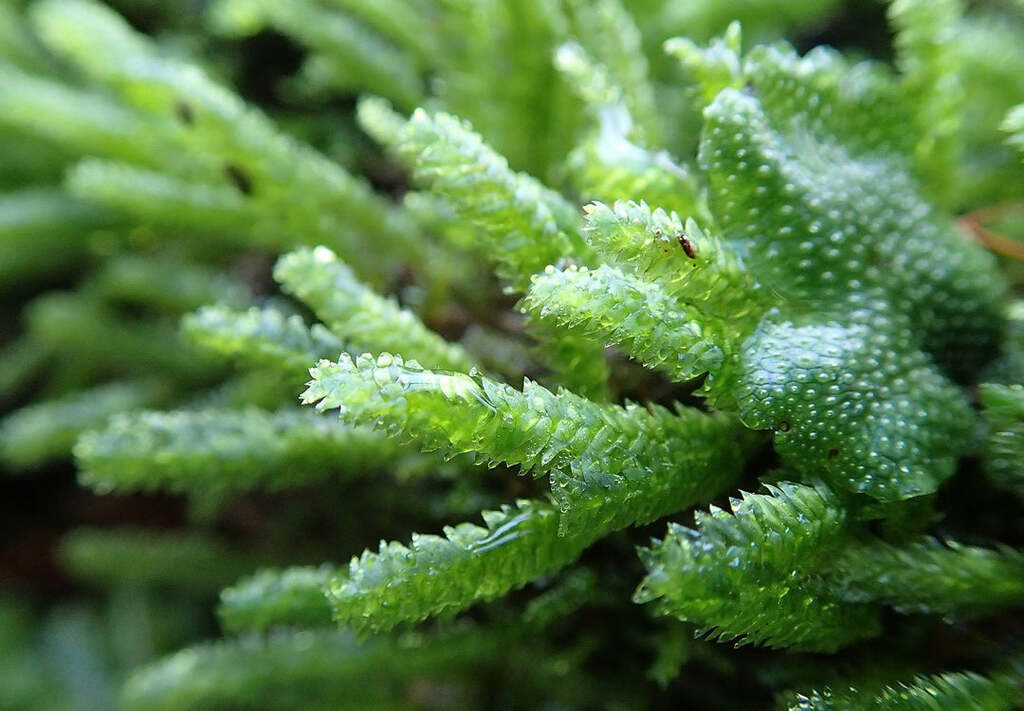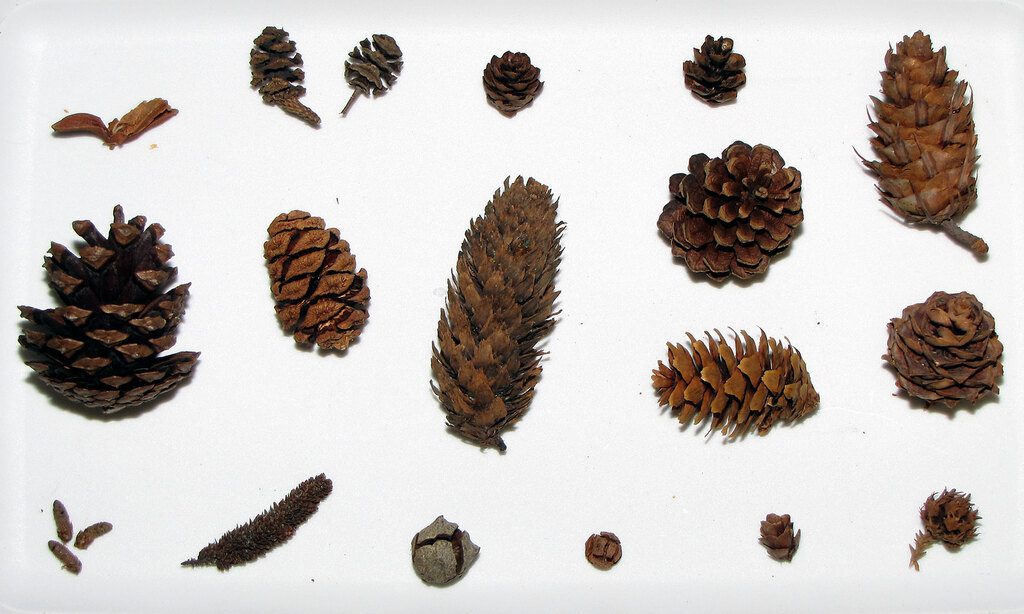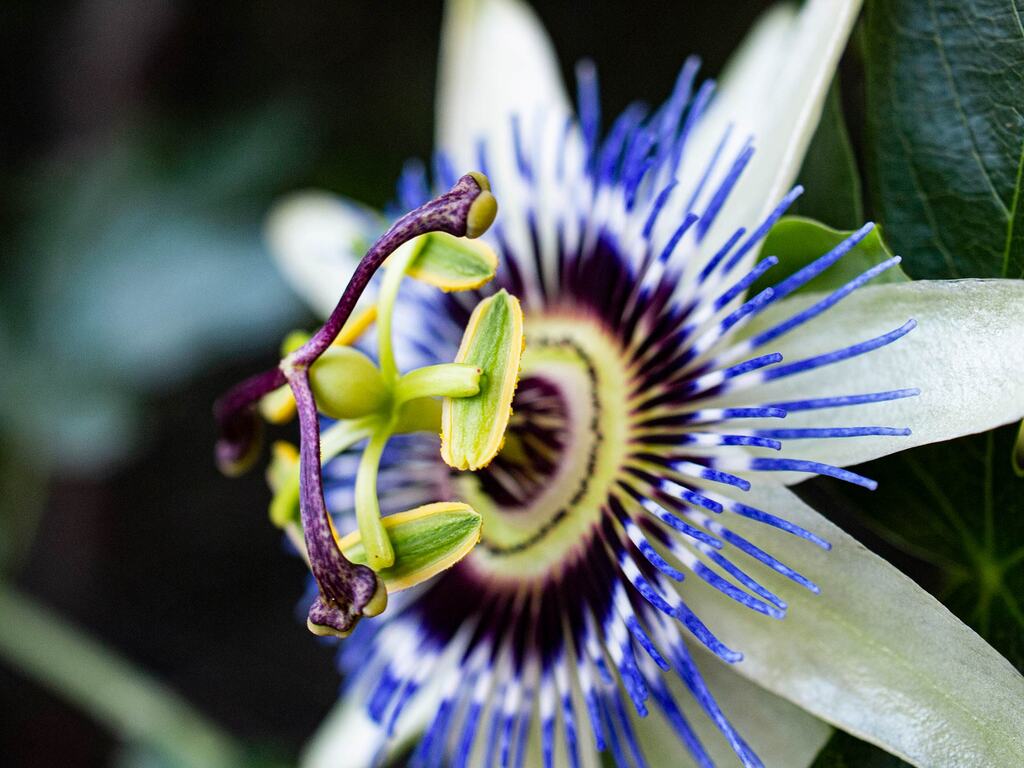
A long, long time ago, a sea-algae, probably from the division called Charophyta, produced a new idea among the plant kingdom and crawled out of the sea to establish the lineage of land plants we know on Earth today.
There are a wide variety of weird and wonderful land-dwelling plants out there today that have all evolved from this pioneering organism, but we can break them up into 4 groups:
1. Bryophytes are considered the simplest of the four types, because they lack a full vascular system, true roots and true leaves. These include mosses and other small plants that grow in wet areas and use spores to reproduce.

A mossy bryophyte common to Japan. Image source
2. Pteridophytes, like ferns, are plants that also use spores to reproduce, however they have evolved a vascular system and so are considered to be more sophisticated than bryophytes. These were the earliest trees on earth; as soon as plants gained vascular systems they were able to grow quite tall as fern trees. They do not have a tap root but have roots that adventitiously sprout from the stem.

Silver leaf ferns (pteridophytes). Image Source
3. Gymnosperms include plants like conifers and pines. These plants use seeds to reproduce instead of spores, which is an improvement upon the pteridophyte model because seeds are much more durable than spores. This means the genetic information is safer and more likely to be successful.
The seeds of gymnosperms are not enclosed in an ovule; they require both male and female cones to reproduce. Male cones are smaller and softer than their female counterparts, and pollination occurs via insects, animals or the wind.

Pine cones from a gymnosperm. Image souce
4. Angiosperms are the most sophisticated plants on earth, and include all flowering plants. They can be broken down further into two groups: monocots and dicots.
Once flowers evolved, probably about 130 million years ago from a gymnosperm lineage, plants were never the same again. Flowers allowed for a variety of advantages that created an explosion of different variations that were able to outcompete most of the existing plants and have evolved into all the flowering plants we see today.
80 percent of all plants on earth have flowers and have therefore evolved from those original divergent gymnosperms.

The variety and complexity of flowers that angiosperms have evolved is astounding. Here is a passionfruit flower, taken by Plants Grow Here.
These four groups of plants represent four great movements in the evolution of plants: the emergence onto land, the development of a vascular system, the adaptation of seeds, and the crowning achievement of plants: the flower.
Sea grasses from the monocot class eventually went full circle to make their way back into ocean and continue to produce flowers which are pollinated underwater. These are not to be confused with plant-like algae such as seaweed which are not true plants.
